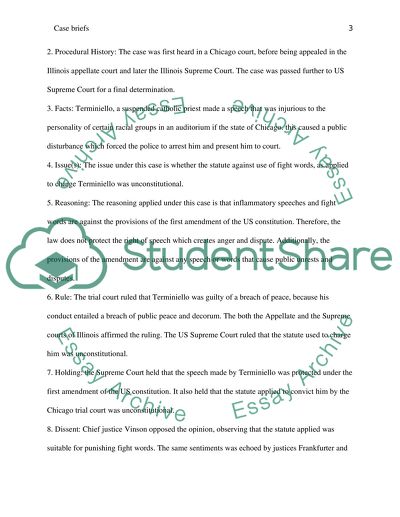Cite this document
(“10 Legal Case briefs Study Example | Topics and Well Written Essays - 2500 words”, n.d.)
10 Legal Case briefs Study Example | Topics and Well Written Essays - 2500 words. Retrieved from https://studentshare.org/law/1608801-10-legal-case-briefs
10 Legal Case briefs Study Example | Topics and Well Written Essays - 2500 words. Retrieved from https://studentshare.org/law/1608801-10-legal-case-briefs
(10 Legal Case Briefs Study Example | Topics and Well Written Essays - 2500 Words)
10 Legal Case Briefs Study Example | Topics and Well Written Essays - 2500 Words. https://studentshare.org/law/1608801-10-legal-case-briefs.
10 Legal Case Briefs Study Example | Topics and Well Written Essays - 2500 Words. https://studentshare.org/law/1608801-10-legal-case-briefs.
“10 Legal Case Briefs Study Example | Topics and Well Written Essays - 2500 Words”, n.d. https://studentshare.org/law/1608801-10-legal-case-briefs.


